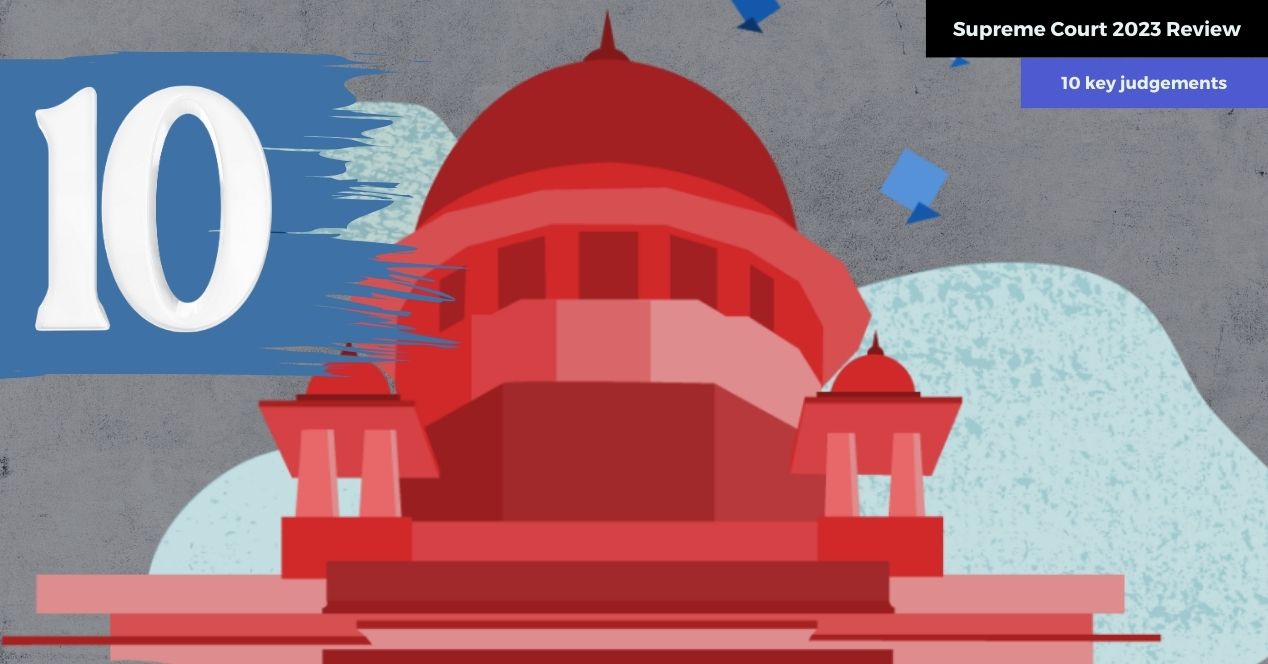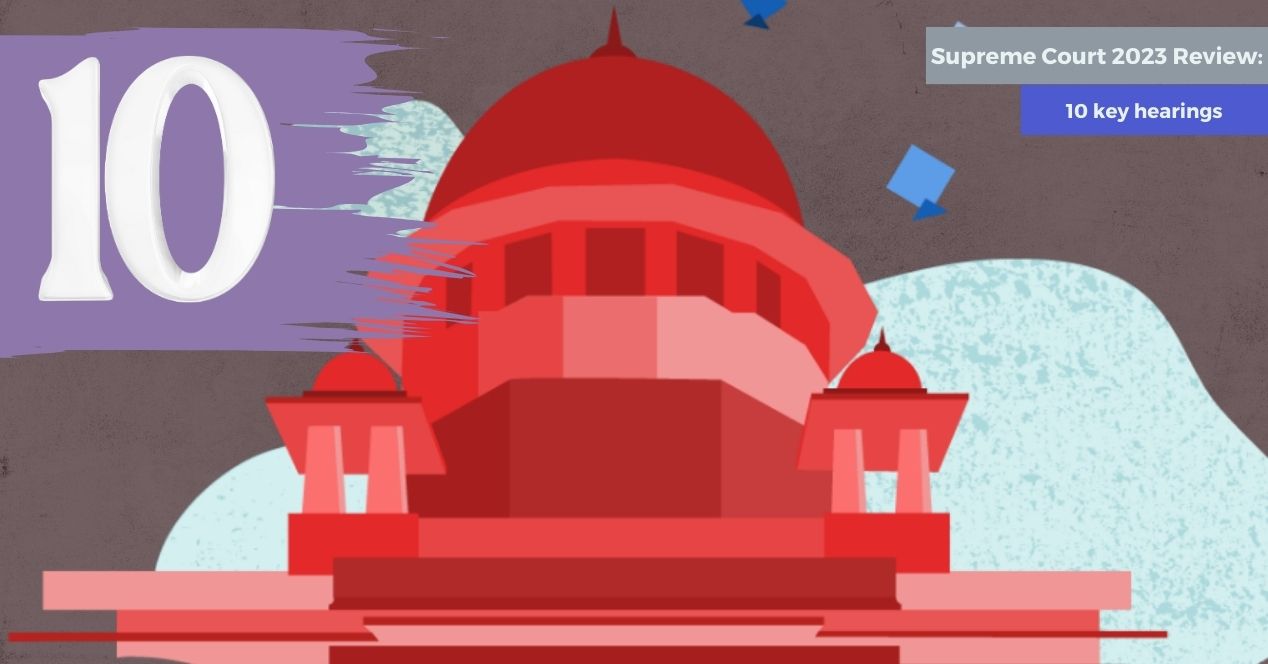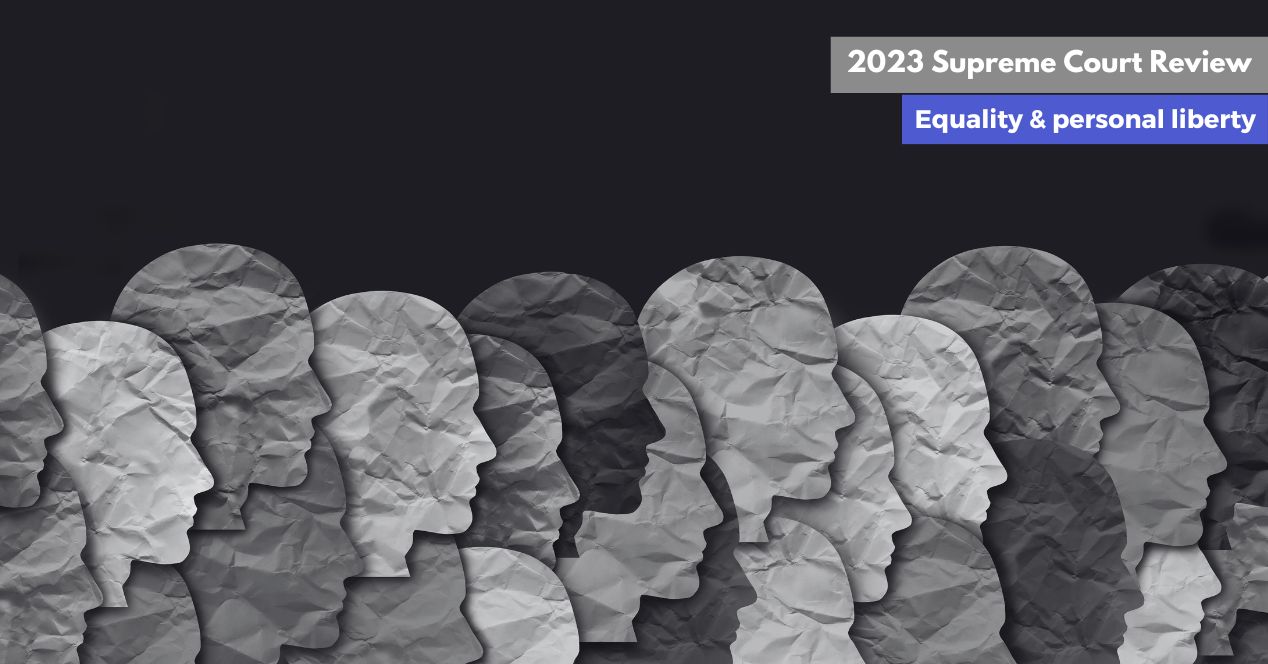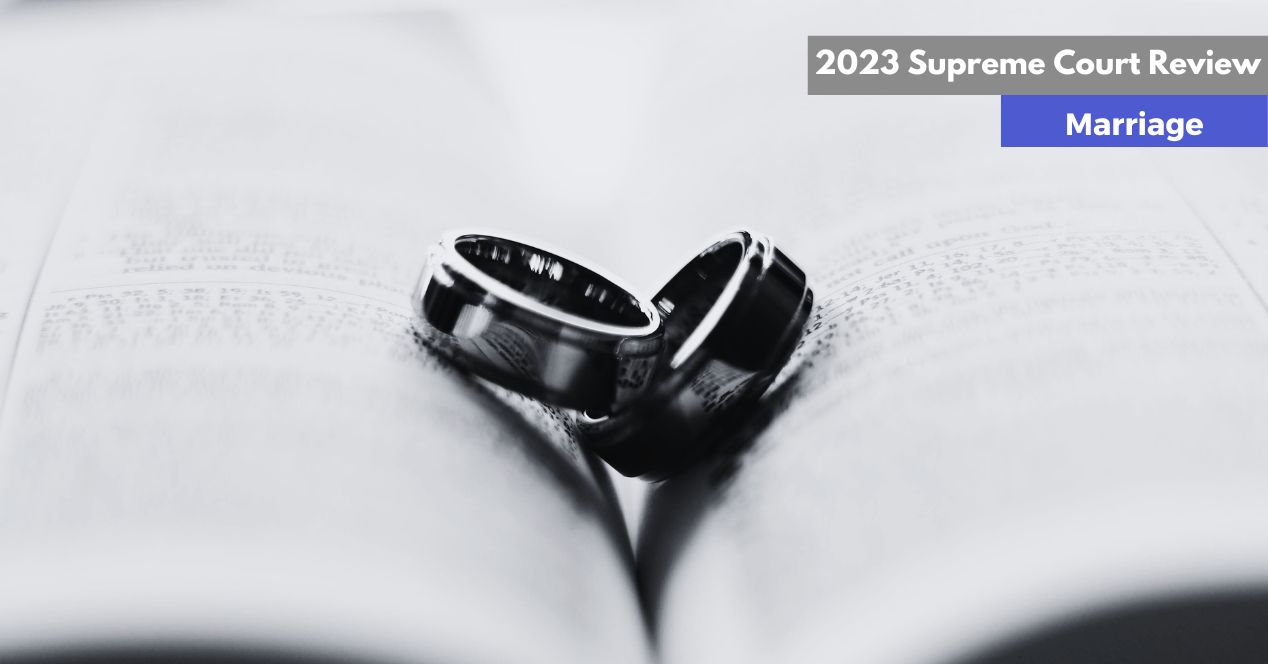Analysis
Supreme Court Review 2023: The diversity problem remained unaddressed
Even in a mostly full-strength Court, there was a startling lack of representation of religious minorities, women & marginalised communities
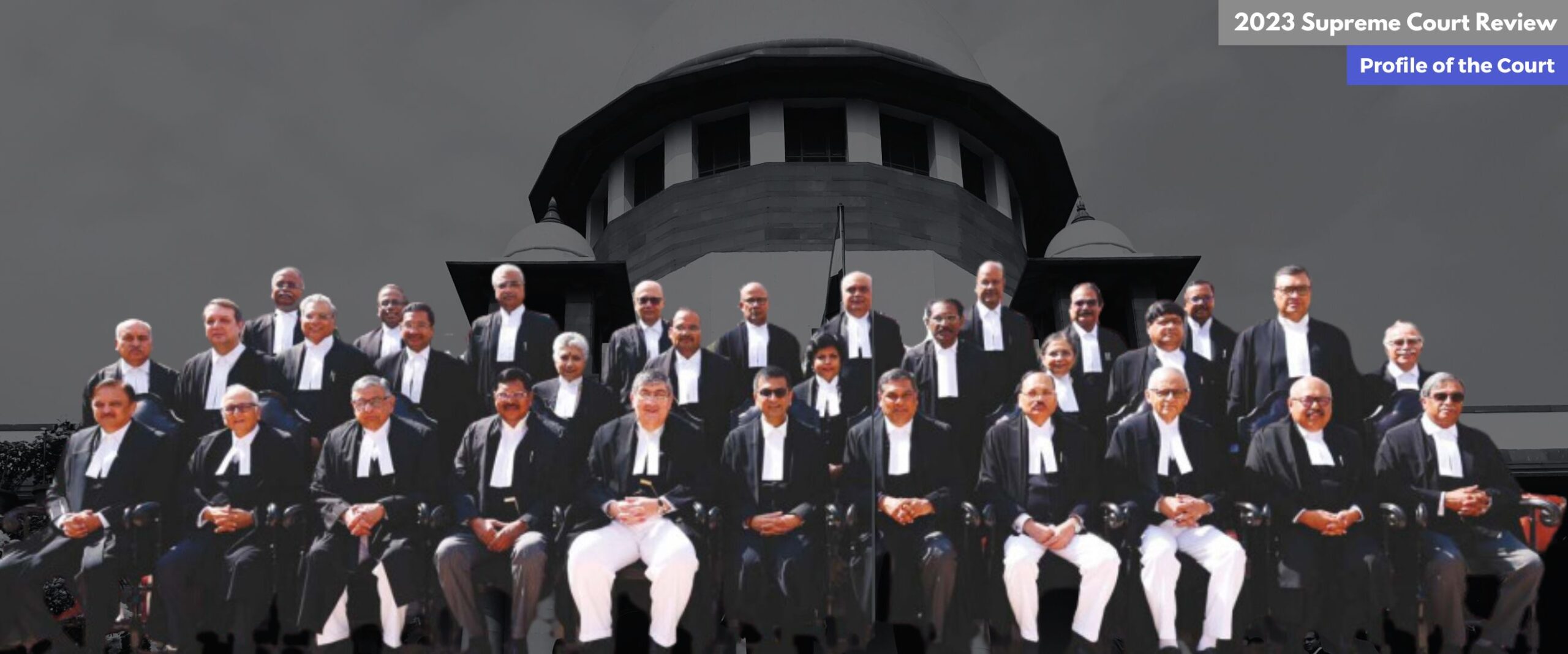
Last year, the Supreme Court was at full strength for 167 days—more than any other time in its history. That makes 2023 an appropriate year to assess the diversity in the Court.
Another factor that makes this year ripe for a diversity analysis is that a Chief Justice-led Collegium has recommended the appointment of nearly a third of the sitting judges. In August 2023, Chief Justice D. Y. Chandrachud stated that “people will start trusting the judiciary only when they see a reflection of themselves in the people who dispense justice.”
A few months later, in October, he spoke about the need for more women in the judiciary, surmising that current lower court appointments could translate to “half of” all Supreme Court and High Court judges being women “in the next decade or two.”
These projections must be tested against reality. Bench diversity is a matter that touches upon a core obligation of the law as an emancipatory institution. For a year that promised much, just how representative was one of the central pillars of Indian democracy?
The Court doesn’t officially release religion-, caste-, region- and gender-specific data, though it has been collecting data on social background from 2018 for High Court appointments. It’s essential that this information is made part of the public records for Supreme Court appointees. Our analysis on these characteristics is grounded in our own determination based on last names of judges. This was complemented, wherever possible, by assessments of recorded family history and geography-specific community representations. The historic data is sourced from secondary sources, particularly research by academics such as George Gadbois, author of Judges of the Supreme Court of India, 1950-1989.
Admittedly, some information may have slipped through the cracks of our survey: judges may self-identify as atheists or as belonging to a religion or denomination that is something other than what we have put down here, based on their names and secondary research. We invite corrections for any errors, omissions or inadvertent misrepresentation. We don’t claim to provide a definitive account of the gender, caste and religious identification of the judges. The idea behind this review is to contribute in a meaningful way to the conversation of more diverse representation on the Supreme Court bench.
New appointments
A CJI Chandrachud-led Collegium has had the chance to recommend 14 new appointments to the Supreme Court.
Religion
It appears that thirty of the 33 judges currently in the Supreme Court are Hindu, with one Muslim, Christian and Parsi each. Records suggest that there has been no Sikh representation in the Supreme Court since Justice J.S. Kehar, who retired as Chief Justice in August 2017.
Given the difficulty of determining Jain provenance from last names and in the absence of official data, we’ve not been able to arrive at reasonably accurate conclusions about Jain representation in the Court.
We’ve not come across instances of any openly Buddhist judge in the Supreme Court of India, though it is well-known that Justice B.R. Gavai hails from a family that has been closely associated with the Ambedkarite and Buddhist communities in Maharashtra.
According to figures from the 2011 census, 79.8 percent of India’s population is Hindu. The Muslim and Christian populations are 14.2 percent and 2.3 percent respectively. Sikh’s constitute 1.7 percent of the population, whereas Buddhist, Jains and Parsis make up 0.7, 0.4 and 0.06 percent respectively.
Among the 14 new appointees to the Court in 2023 was Justice Ahsanuddin Amanullah, who is Muslim. He assumed office on 6 February. Justice S. Abdul Nazeer had retired on 4 January.
Since the 1950s, the tradition has been to appoint one Muslim judge to the Supreme Court, making them one of eight judges in the top court and guaranteeing a 12.5 percent representation. As the Court strength increased to 16 by the end of 1970s, it was par for the course to have two Muslim judges on the bench. The full quorum went up to 34 in 2019 but the number of Muslim judges has remained more or less fixed, adversely affecting the community’s proportional representation.
Justice A.G. Masih, appointed in November this year, is the lone Christian on the Bench. Justice K.M. Joseph, who was the only Christian on the Bench for 4.6 years, had retired on 16 June. With a tenure of four years and four months, Justice Masih’s tenure will be shorter than the average for Christian judges. The state of Kerala has maximum representation among Christian judges, sending in six of the nine Christian judges to ever sit on the bench.
(Note: In her farewell speech in July 2020, Justice R. Banumathi mentioned that while she was Hindu, she believed in the Gospel of Jesus and was grateful for what “Christ [has] ordained for [her] in [her] life.”)
The total Christian population in the country is split almost equally between Kerala (6.1 million) and the northeastern states (6.3 million), with another 0.3 million spread across the country. However, there’s only been one Christian judge from the northeastern states to make it to the Supreme Court: Justice H.K. Sema of Nagaland.
Gender
In 2021, three women judges were appointed to the Supreme Court. It was the first time in its history that four sitting judges were women. But zero women were recommended for elevation to the Court in 2022 and 2023. This is despite the CJI making all the right noises about the need for gender diversity.
This year, almost all Collegium resolutions said that the group considered the “need” for gender diversity. On more than one occasion, the CJI has pointed to district court appointments as a reason for hope.
As for High Courts, 29 women were recommended for appointment as judges or chief justices, of which 26 were appointed. Only two out of four women recommended as chief justice of High Courts in 2023 were appointed.
Region
A region-wise split of Supreme Court judges before Justice S.K. Kaul’s retirement in December 2023 looked like this:
(Note: Justices P.S. Narasimha and Justice K.V. Viswanathan, both elevated directly from the Bar, have not been included in this chart for lack of a parent High Court. Both judges, however, established and ran extensive practices out of the southern cities—Hyderabad and Madras respectively.)
The most represented High Courts—as of Justice Kaul’s retirement—were Bombay, Delhi, Punjab and Haryana, Allahabad, and Karnataka, each with three elevations. Nine High Courts have only one representative: Kerala, Madras, Telangana, Andhra Pradesh, Rajasthan, Chhattisgarh, Himachal Pradesh, Uttarakhand and Patna.
Newly appointed judges of 2023 and their parent High Courts:
The remaining judges on the bench with the parent High Court is in the table below:
“Judges from smaller, politically less important states complained that they did not have an equal opportunity to get appointed to the Supreme Court as judges from larger states did,” the Advocate Abhinav Chandrachud writes in his book Supreme Whispers (2018).
While judges from Jammu & Kashmir were frequently elevated up to 2010, that has changed since. The eight northeastern states are represented by two judges from the Gauhati High Court. None of them appear to be from the Scheduled Tribe or Christian communities.
Orissa and Jharkhand are currently not represented.
Caste
It appears as if at least five out of the 15 appointments in 2023 come from the Brahmin community.
Until Justice Kaul’s retirement, it seems that the Court had at least eight Brahmin judges, including CJI Chandrachud. With the 2023 appointments, it appears that at least 12 of the current 33 sitting judges (36.4 percent of the Court) come from Brahmin communities. Brahmins, according to the 2011 census, constitute about five percent of India’s population. It appears that a large part of the rest of the bench is represented by judges from Bania, Bengali Kayastha or Rajput communities.
There has been little focus on appointing judges from Bahujan communities over the years. The stagnation of the caste question in conversations around bench representation only reiterates Justice Krishna Iyer’s remark to the historian George Gadbois in 1980: “The Supreme Court was mainly Brahmin and upper class.”
From Justice Vardarajan’s appointment in 1980 until 2010, there was always at least one judge from a Dalit community. Since 2019, only two Dalit judges have been appointed to the Supreme Court: Justice B.R. Gavai and Justice C.T. Ravikumar.
With this year’s appointments, it appears that there are now at least four judges from Scheduled Caste and Other Backward Classes communities. This still constitutes only 12.1 percent of the Court’s strength. The 2007 National Sample Survey Organisation survey notes that 60.53 percent of India’s population is constituted by SC and OBC populations. Assessments from National Family Health Survey’s data published in 2017 suggest that this number has only grown since.
Justice H.K. Sema, whose tenure was between 2002 and 2008, has been the only judge from a Scheduled Tribe community in the history of the Court. According to the 2011 Census, 8.6 percent of India’s population is from ST communities. One could read this data point alongside the Collegium’s apparent reluctance to appoint judges from the northeastern states (excluding Assam), Chhattisgarh, Jharkhand and Odisha. These states are home to the largest portion of the ST populations in the country. Whenever these states have been represented at the Court, it seems to have been largely through Hindu judges.
Overall, between 2018 and 2023, only 17 percent of High Court appointments were from SC, ST or OBC communities.
In 2013, the National Commission for Scheduled Castes had found that the higher judiciary seemed to have been drawn, in perpetuity and across history, from the very sections of society that were most “infected with the age-old social prejudices.” The report had pointed out that the inherent caste bias of the judges might have influenced their decisions. “In an environment of social struggles,” the report said, “the resultant bitterness is likely to influence their judgements if they happen to share the sentiments of their warring communities.”
In the next 11 months until his retirement, the Chief Justice will have three more opportunities to improve the representation in the Court. Admittedly, it is not an enviable task—in a demographically diverse country like India, there are many competing claims at every level. From his public talks, it’s clear that the Chief does not wear this burden of representation lightly. But time is running out.

